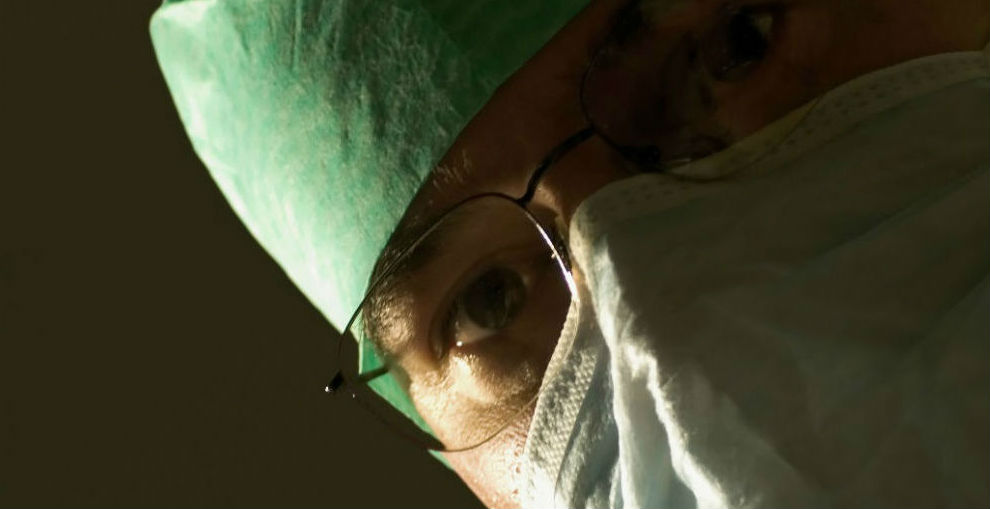
About one out every five patients suffers disabling injuries or death following surgery from anesthesia issues that should have been addressed by healthcare providers. This is based on a new study of anesthesia medical malpractice lawsuits.
Anesthesiologists provide sedation medication necessary for most operations. They may also monitor patients following a procedure.
Safe Anesthesia Care
The Anesthesia Patient Safety Foundation is an organization focused on improving the safety of patients during anesthesia care. On its website it features its list of top 10 priorities for proper anesthetic care before, during and after a procedure. One item on the list is “Clinical Deterioration.”
In broad terms the APSF describes this anesthesiologist responsibility as detecting and preventing risk to patients. This responsibility includes:
· Having early warning systems
· Continuous monitoring for any patient health threats, such as sepsis
In other words, anesthesiologists should be prepared to catch and then address post-op consequences that pose serious harm to patients. A study from the University of Washington found this is not being done at a significant rate.
UW researchers set out to identify key factors involved with post-op issues that led to death or permanent disability of surgical patients. The study’s preliminary findings were described in the online version of Anesthesiology News. The research was based on a review of closed medical malpractice lawsuits going back to 2005 that asserted claims of anesthesia errors.
The medical malpractice claims the researchers reviewed involved patients who suffered catastrophic injuries following surgery. They found that almost 20% - one out of five – lawsuits involving surgical patients who died or were disabled were for “failure to rescue.”
Healthcare Providers’ Role in Preventing Serious Injuries
According to the Agency for Healthcare Research and Quality, while not every medical care complication is preventable health care providers should be able to promptly identify and treat the complication, and prevent the patient’s death or significant injury. When they don’t there may be basis for a claim of “failure to rescue.”
They study’s failure-to-rescue malpractice claims occurred in:
· The post-anesthesia care unit
· The intensive care unit
· The hospital surgical ward
Most of the failure-to-rescue claims occurred in the hospital ward, followed by the ICU, followed by the PACU.
The most damaging events during care found in these claims included:
· Inadequate ventilation/oxygenation
· Excessive blood loss
· Epidural or spinal hematoma
As these are preliminary findings, the researchers said they were going to review additional years of anesthesia-related medical malpractice lawsuits. The stated goal is to identify why these post-op failure-to-rescue errors occur and ways to prevent them.
The researchers do suggest that poor communication between surgical and post-operative teams may be one cause, as preventable medical errors often occur during surgical patient handoffs.
If you were seriously injured or had a family member die during medical care, turn to a personal injury lawyer to investigate if a preventable medical error was a cause.
The choice of a lawyer is an important decision that should not be based solely on advertisements.
Authored by Gray Ritter Graham, posted in Blog July 13, 2021

 RSS Feed
RSS Feed